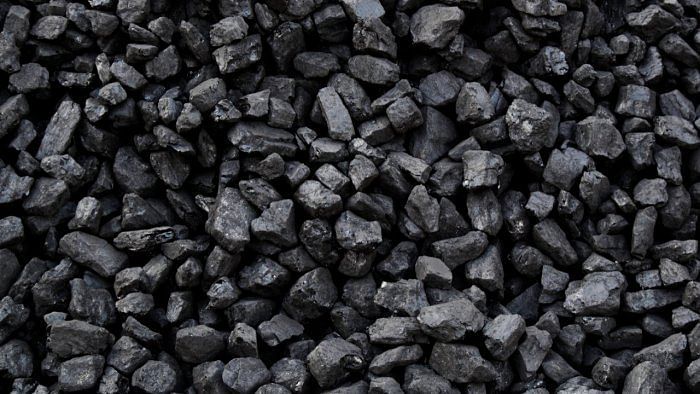
The high demand for power and poor power sector planning for energy security have together left India grappling with a fear of long power cuts now and a severe danger of grid collapse in the coming months when the demand is likely to go up again. Also, domestic coal production and supply are likely to be hit due to the monsoon, as it happens every year.
Power crises or power plant shutdowns are not new in India. We have observed over the past years that multiple factors such as water scarcity, hazardous air pollution levels, coal shortage due to mining constraints, accidents at ageing power units, and coal supply or transport constraints have posed challenges to coal-based power generation.
About 75% of our overall electricity generation still comes from coal combustion. This high reliance on coal makes our electricity system especially vulnerable to risks associated with the polluting fuel. The ongoing crisis raises alarm about such a high reliance on coal and highlights the need for a faster transition
to decentralised renewable energy options.
Renewable energy plays a crucial role in energy security and independence for a region in multiple ways. It is a non-exhaustible natural source of energy which doesn’t depend on international price fluctuations once it is installed, and provides cheap power for a lifetime. India’s current installed renewable energy generation capacity stands at 110 GW out of the total 400 GW capacity installed across all sectors. When it comes to actual generation, it contributed slightly above 10% to the daily average energy generation mix in 2021 and has helped avoid approximately 96 MT of coal consumption for the year.
While renewable energy helps reduce greenhouse gas emissions, air and water pollution, it also plays an important role in managing a power crisis similar to the one we are going through. Firstly because it reduces the overall coal demand for the day, and secondly, renewable energy generation or solar generation peak coincides with the demand peak, which is usually observed during sunlight hours, ensuring a lower load for peak demand on coal-based generation units.
In 2015-16, India announced a target of installing 175 GW of renewable energy by 2022, but the installed capacity at present stands at just 110 GW. At the COP-26 climate summit last year, Prime Minister Narendra Modi announced a revision in clean energy installation targets and committed to 500 GW of non-fossil installed energy capacity by 2030, which, if realised, will ensure that India achieves its peak coal consumption for electricity generation by 2026-27.
While India is embarking on the energy transition journey, it will also be crucial to see the battery storage and hydrogen options being explored and developed to a scale that the intermittent nature of renewable energy can be tackled and it starts replacing the base load requirement of coal-based power plants. We have recently seen the Solar Energy Corporation of India Limited issuing a tender for a full-scale 500 MW/1000–MWh stand-alone Battery Energy Storage Systems (BESS). The success of this pilot project can ensure faster integration of reliable renewable energy to the grid.
While we go through these power crises every year, the coal lobby never fails to capitalise on the opportunity to manipulate the sentiment and pushes for more investments into this polluting fuel, be it in the mining sector, where coal mines have been put on auction multiple times, or the power generation sector, where
coal companies announce plans to keep the old plants running or propose plans to
set up new coal-based generation capacity.
We have seen huge stranded capacity being built in the coal-based power generation sector, which is a drain on financial resources. If coal mine auctions keep going on the way they have been pushed over the past years, we will see huge stranded assets being built in the sector as well.
India’s power crisis over the past years was not a shortage crisis due to lower mining of existing mines. We have enough coal mining capacity with the existing mines and don’t need new ones. The crisis is not due to a coal-based power generation infrastructure constraint either. More than 50 GW of coal-based power generation capacity is still lying idle or underutilised. The crisis is rather a result of failures in planning, forecasting, fuel evacuation, stock management and regulation. Efficient functioning by stakeholders could have avoided it. They have the capability to avoid it even now.
If such planning and mismanagement crises in the power sector are used as an argument to push more investments into coal, we will end up in worse situations. It’s time to ditch the dirty and embark on an accelerated energy transition journey for true energy security.
(The writer is an analyst with the Centre for Research on Energy and Clean Air.)